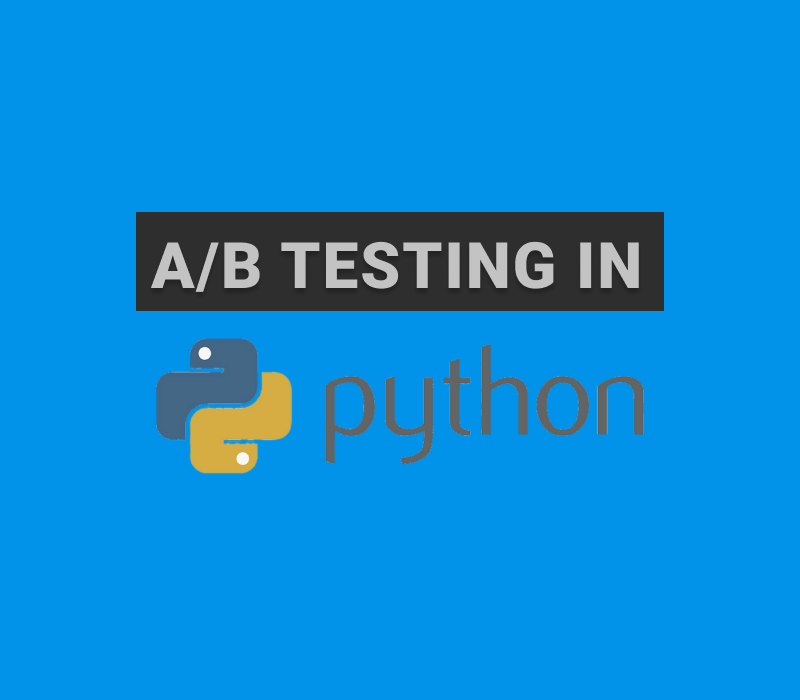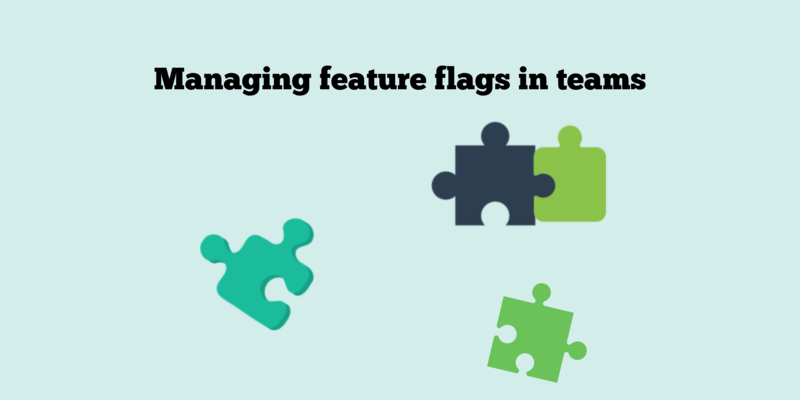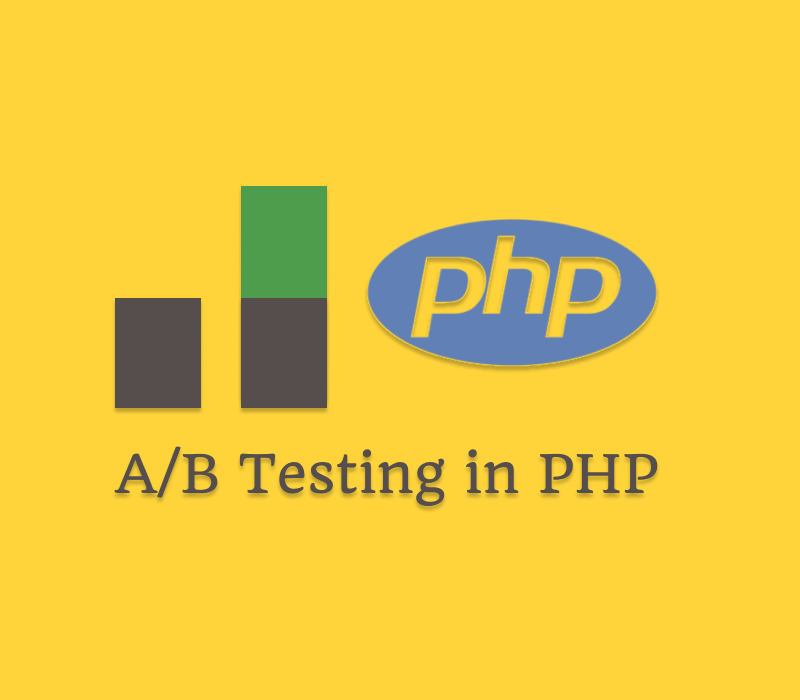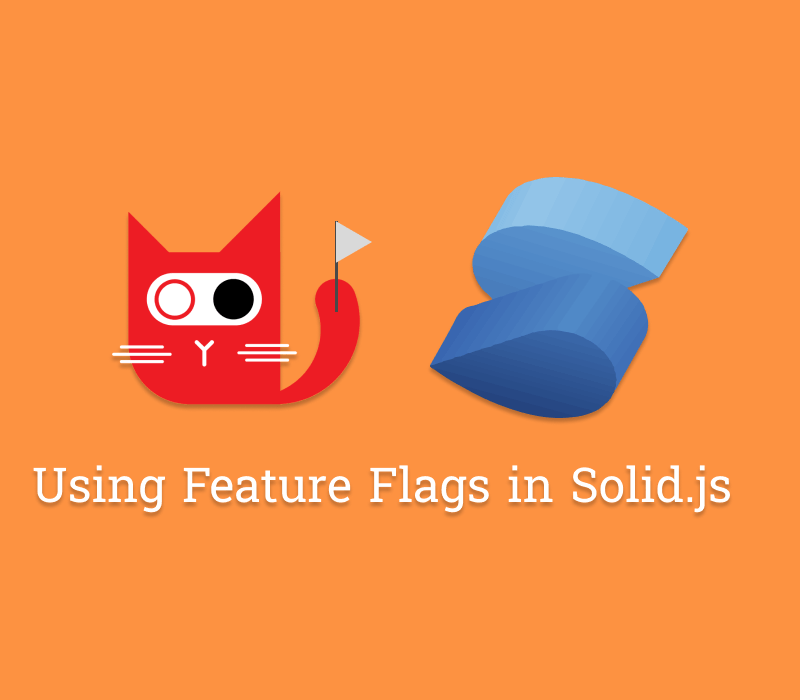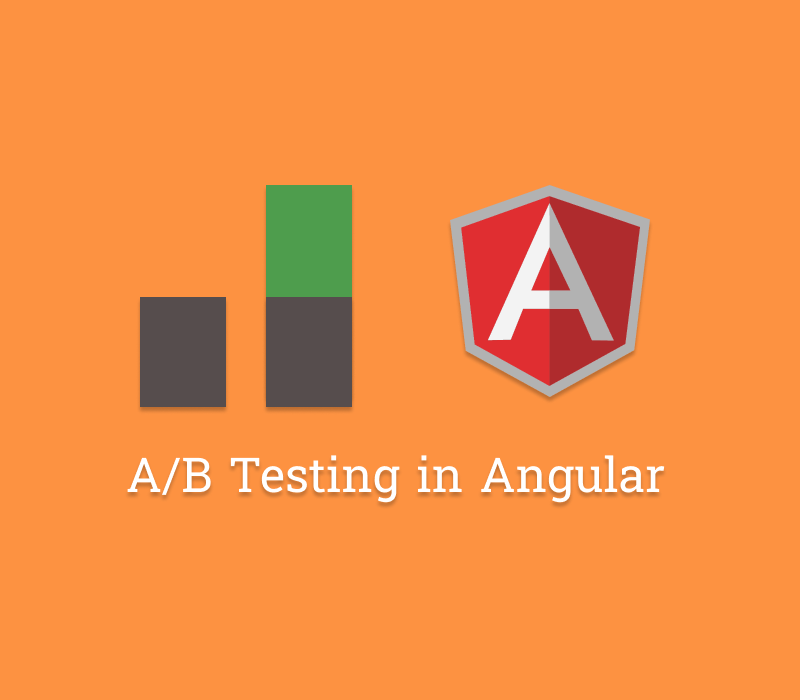How to use feature flags in an Alpine.js application
With the rapid growth of software development, managing and releasing new features has become an integral part of our workflows. By using a feature flagging tool, you and your team can remotely release new features and manage what features users can see.
This level of control lets you quickly experiment with new features and roll them back if they prove to be problematic.



